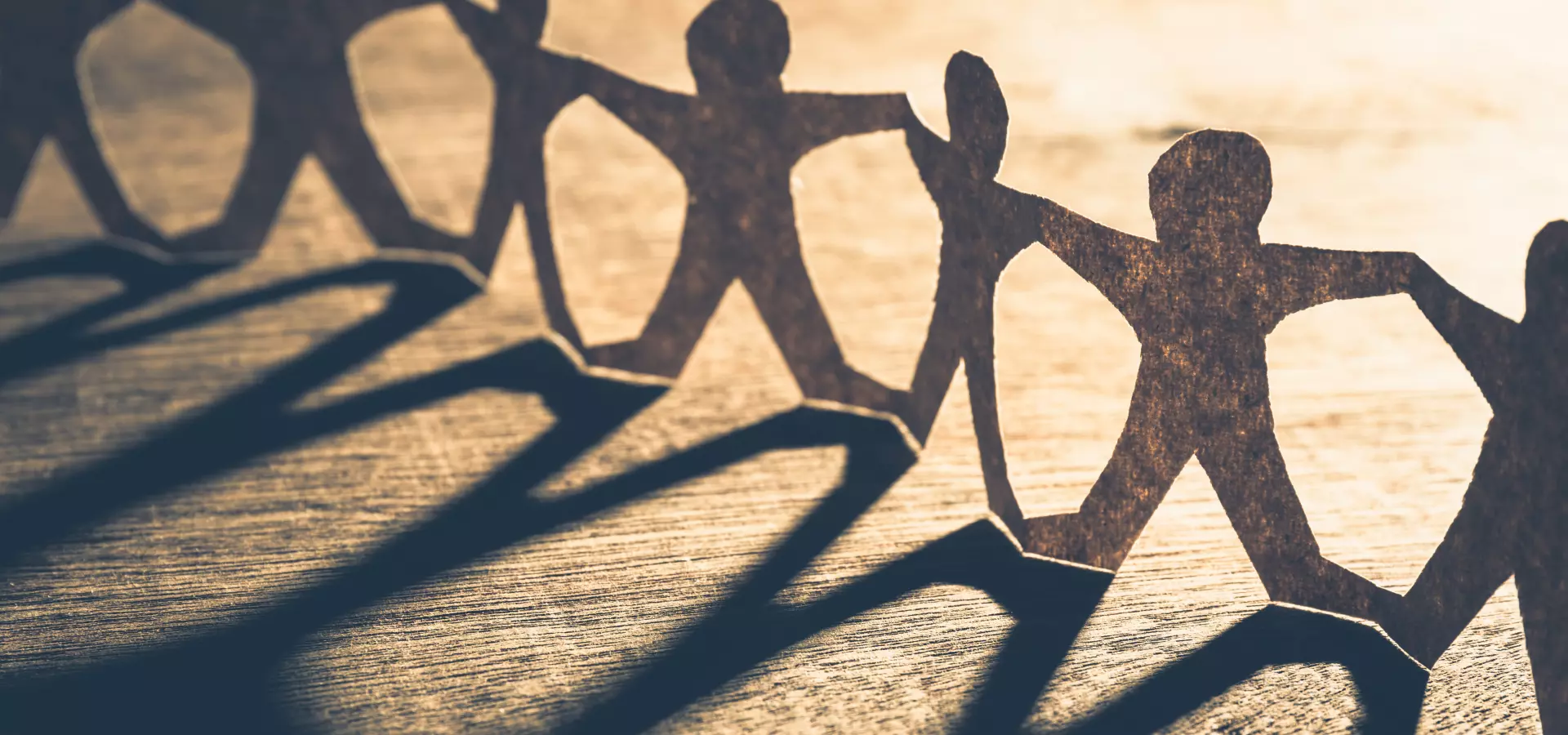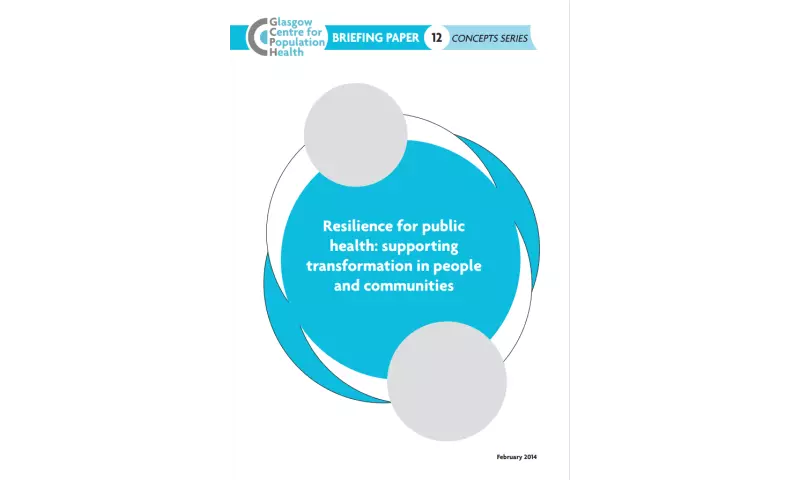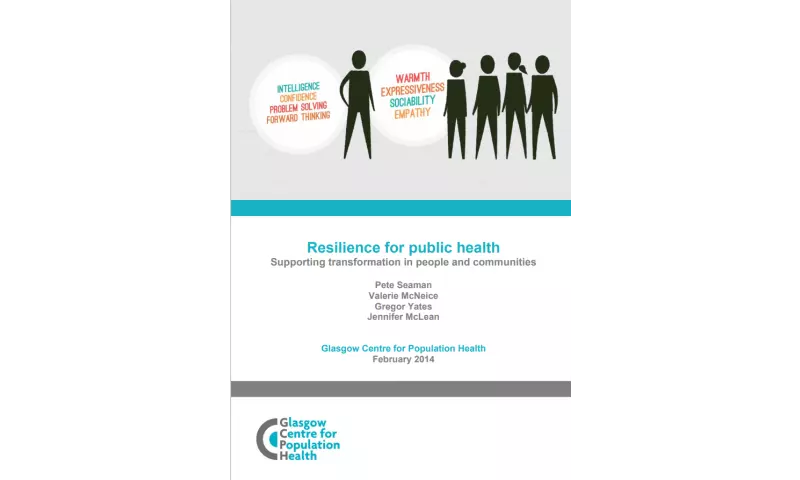Resilience and public health
Completed Project
Communities
Jan 2014 - Dec 2016
Resilience is a term used to describe the ability to adapt and thrive in the face of stress or challenge. Although it is often understood as an attribute of individuals, the processes which support resilience are profoundly social. Resilience is commonly discussed in relation to major upheavals and challenges such as extreme weather, terrorism or other disruptions to day-to-day life. However, for resilience to have relevance to public health it must provide a framework which enables individuals and communities to withstand challenges such as poverty, inequality, worklessness and other factors that endanger health and wellbeing.
Our briefing paper and accompanying report explore how we can conceptualise resilience and its application within the field of public health.
Resilience animation
In addition to the written reports, we produced a short (5 minute) animation that describes what needs to be in place to help individuals thrive in the face of challenge.
The core message that resilience is more than an individual characteristic but is about what supports we can draw upon, can be applied to any major upheaval. The animation is aimed at anyone with an interest in resilience but may be particularly useful to those approaching the concept fresh or those who need to think about resilience in their work.
Representing Communities: harnessing the creative power of people and communities to improve wellbeing
How communities adapt in times of change is a key to the resilience of people and places. To explore the connections between people, places, history and resilience, we were partners on the Arts and Humanities Research Council-funded Representing Communities project. This UK wide collaboration had ambitious aims, including:
- To explore the relationship between existing ‘official’ representations of places (e.g. fictional portrayals or through statistical data) and how communities understand and present their own histories and aspirations.
- To create opportunities for communities to explore, through creative practices, the multiple perspectives on history and transformation in particular communities undergoing change.
- Grounded in these explorations, to assess the potential for building shared narratives which could be used to build community cohesion and widen participation.
- To create opportunities to use creative and artistic expression as means of communication, dialogue and debate between policy makers and communities.
The Glasgow case study was Dennistoun in the city’s east end. During a year of creative engagement with the residents of Dennistoun, we produced the following films exploring what mattered to them.
 Project outputs
Project outputs
Publications & Documents
News
-
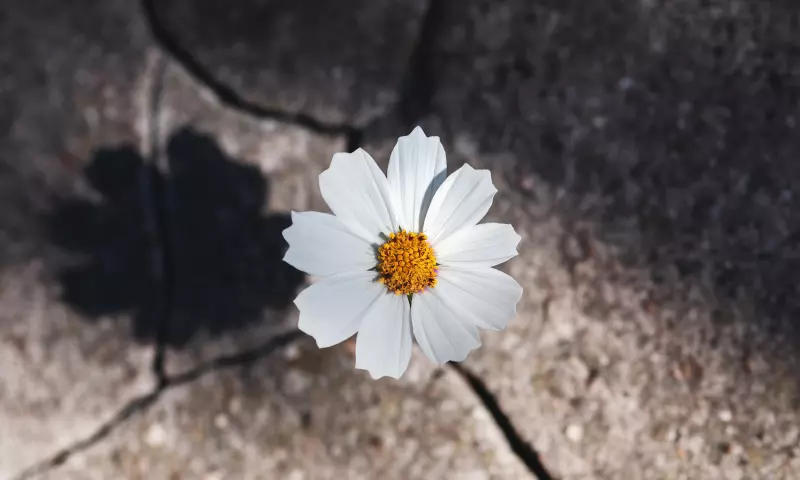
What is community resilience?
-
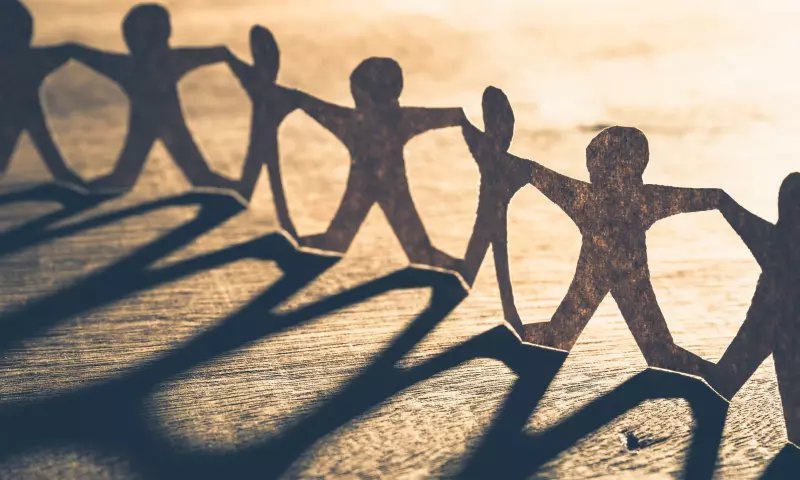
Resilience and population health
-
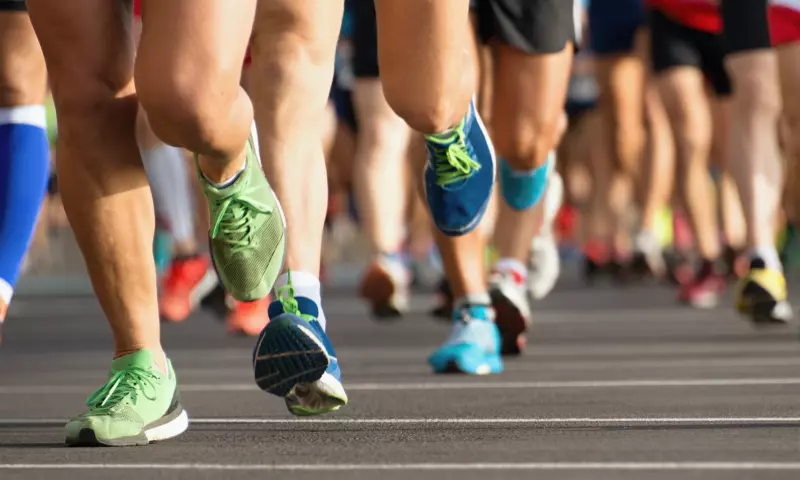
Resilience in Glasgow: reflections and connections
-
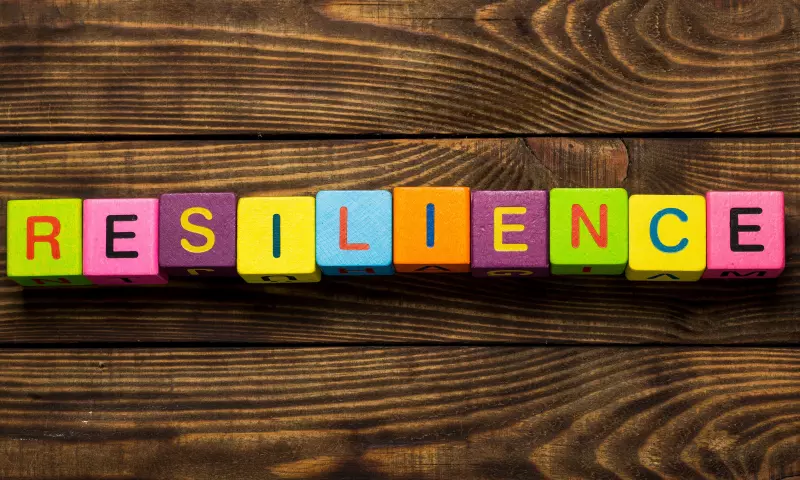
Resilience: where next?
-
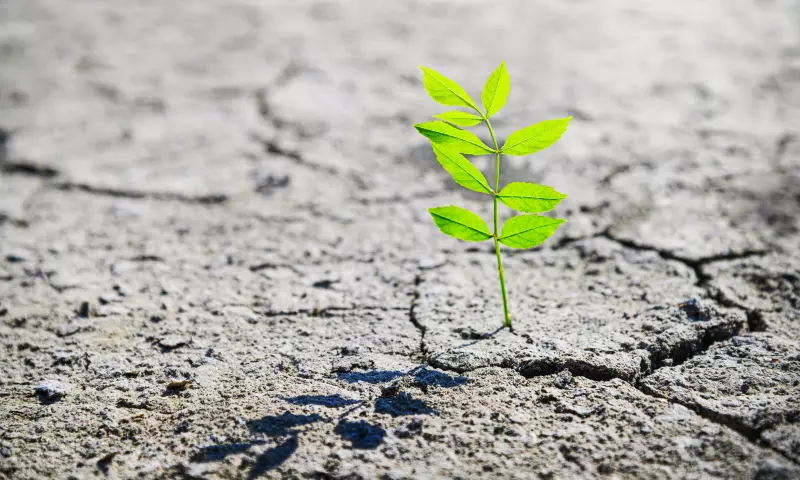
Can Asset Based Community Development build wellbeing and resilience in communities?
-

Resilience for public health: supporting transformation in people and communities
Previous
The Cost of the School Day project
Back to
